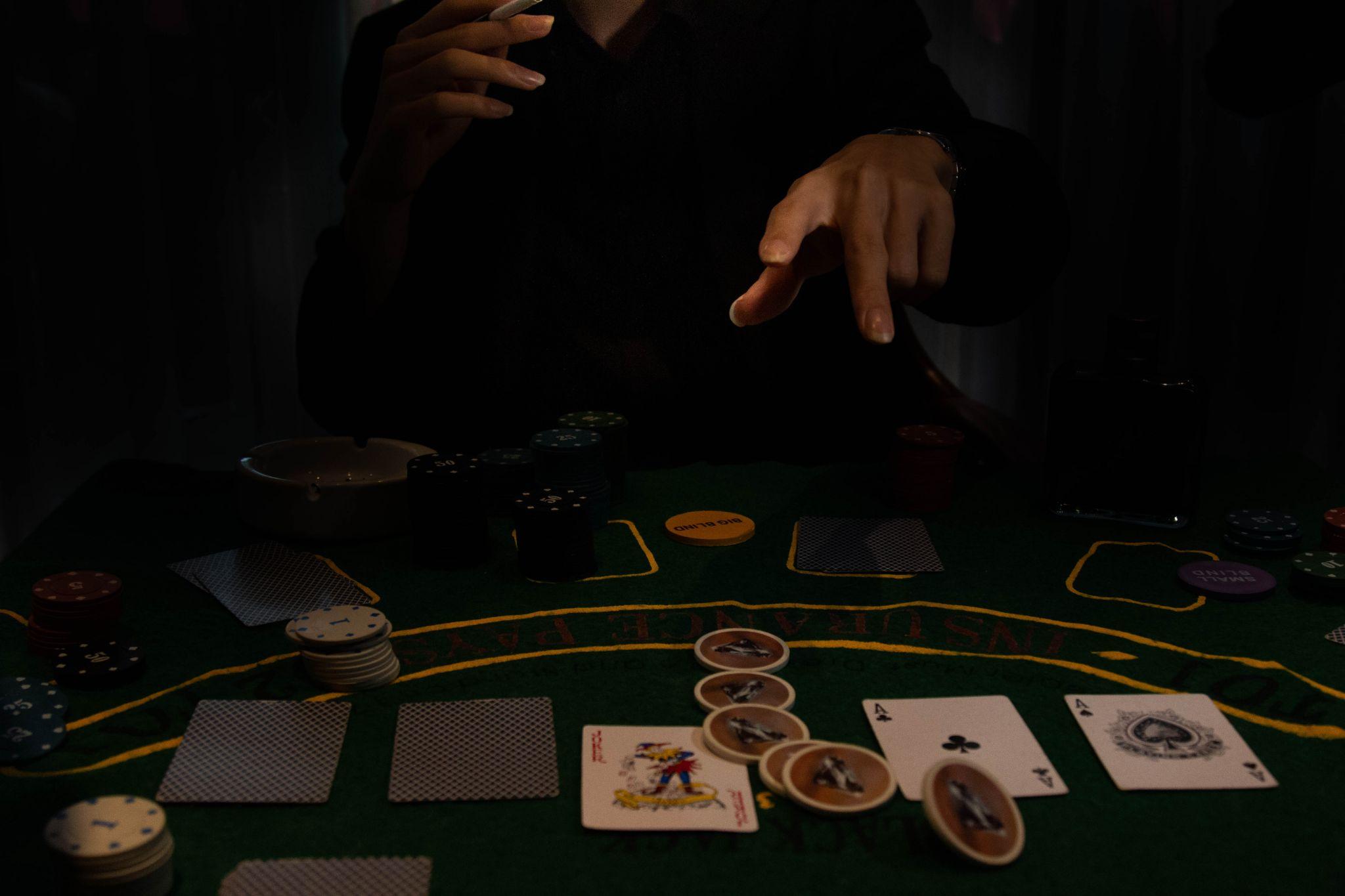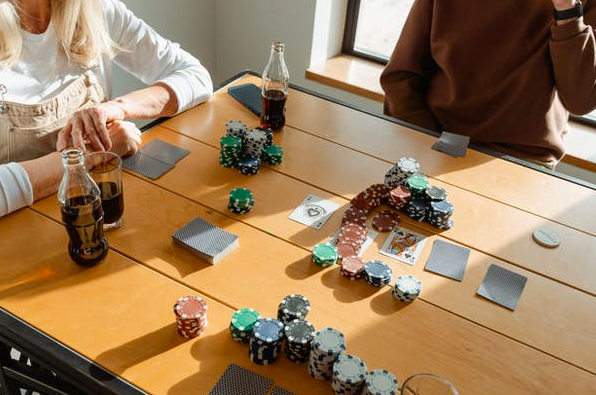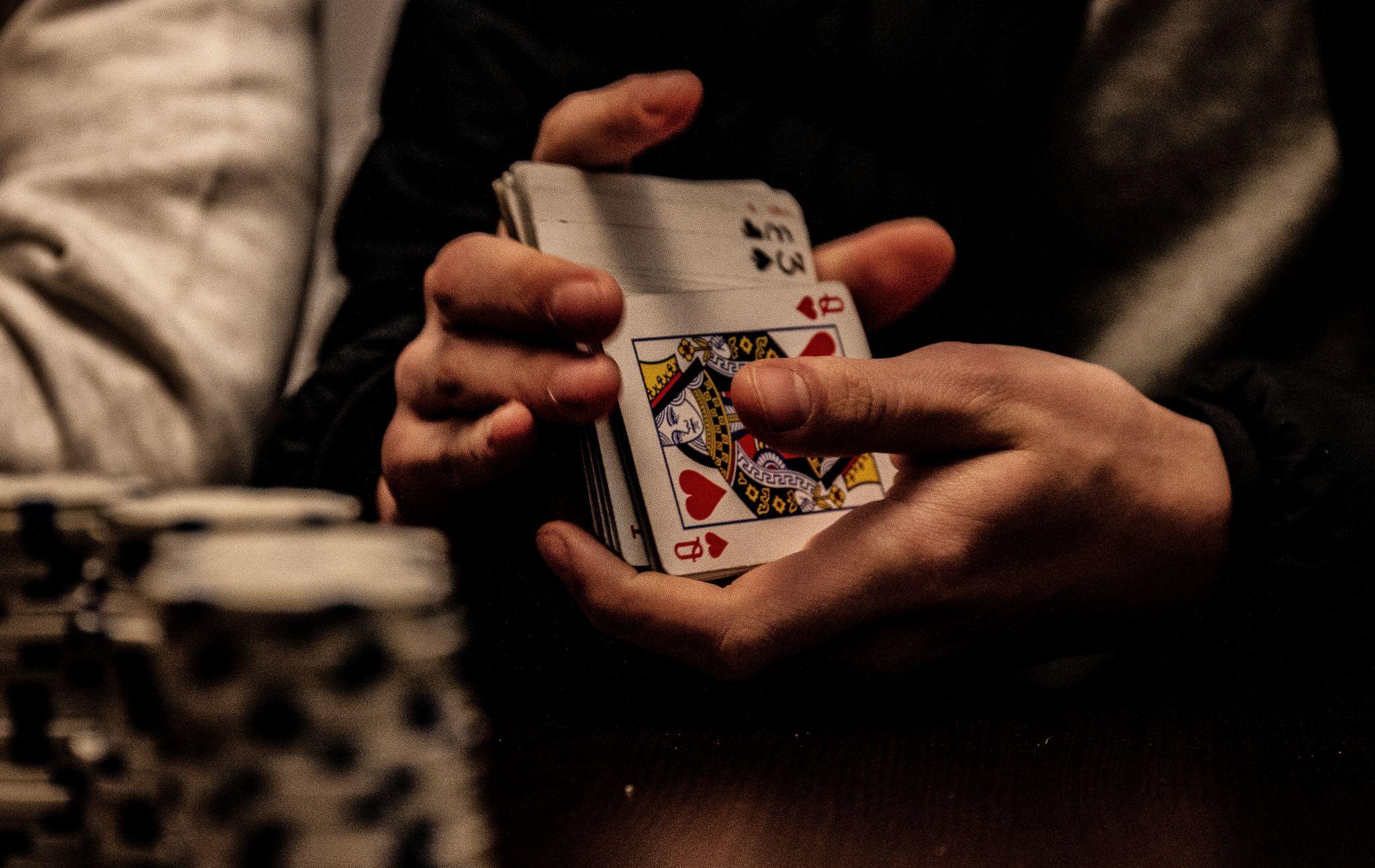Poker is a game of many parts that you must master if you want to play well. Among them is betting. Nothing can be more thrilling than wagering your money for a chance to win the jackpot. There can also be nothing more challenging—especially when you’re trying to decide whether to go all-in or not.
To go “all-in” in poker means to put all of your chips into the pot. It’s a risky move because you’re essentially betting everything you’ve got on that hand. But going all-in can pay off handsomely when done right. This holds true whether you’re competing in poker online rooms or global poker games and tournaments.
This post will explore some of the best moments to go for the gold and bet your full chip stash in a poker match.

Take note of these pointers for the next time you join a game at your favorite poker haunts like GGPoker, the world’s largest poker room where players can enjoy different card game variations, including Omaha and Texas Holdem.
Sign up for an account on the GGPoker website.
1. When you have a great hand.
A great poker hand is typically a full house, four of a kind, a flush, or a straight. It might be worth going all-in if you have any of these combinations. However, if your hand is not so strong, you might want to play more cautiously until you get a better read of the poker table.
It’s generally a good idea to go all-in and bet big when you have a favorable poker hand. The reason being is that the likelihood of someone having a better hand than you is relatively low.
Pay attention to how your opponents are playing and betting. If their moves make you confident you’ve got the best hand on the table, go ahead and make a play for it.
2. When you want to intimidate other players.
You can also go all-in when you have a less-than-ideal poker hand. Going all-in can be a great bluffing technique. By betting all your chips, you can intimidate other players by giving the impression that you have a high hand even if you don’t, and your opponents may fold as a result.
However, it’s worth repeating that this comes with risks. There’s always the chance that someone will call your bluff. If that happens, you’re out of the game. So, use this strategy with caution.
3. When everyone is betting big.

Sometimes, everyone at the poker table is betting big. This could mean they all have good hands. If you’re confident about your own poker hand, it’s worth considering going all-in yourself to make a play for a huge pot.
However, you also need to be careful in these situations. As mentioned earlier, betting big can be nothing more than an intimidation tactic. To avoid falling into your opponents’ trap, pay close attention to how they’re playing and use your best judgment to decide the best move you can make with the hand that you have.
4. When the pot is large.
Going all-in can also be a good idea when the pot is large. If the pot is big, you’ve more to gain by winning it.
Of course, the size of the pot isn’t the end-all-be-all of the game. You also need to consider the other players and their hands. But going all-in is worth considering if the pot is large and you have a good hand.
5. When you’re short-stacked.
If you’re short-stacked in poker, it means you don’t have many chips left. When you’re short-stacked, you need to be more conservative with your bets. That said, there are still some situations where going all-in can be a good idea, even when you’re running low on chips.
If you’re down to your last few chips and the pot is small, going all-in might be your best bet. Hear us out: If you don’t go all-in, you’ll likely lose anyway. So, you might as well take a chance and go for it. You could be looking at an impressive pay-off!
6. When you have the biggest chip stack.
This strategy works best toward the end of a game. Ifyou have the most chips on a table where every other player is short-stacked, you have a big advantage. Those with less might be waiting for others to exit the game one way or another. By betting bigger, you can pressure short-stacked opponents to fold sooner.
However, remember that there’s always a chance others will call your bluff or have a better hand than you, even if you have the tallest chip stack on the table. So tread cautiously if you do decide to take this route.

Knowing when to go all-in is a key part of poker strategy. By considering the factors above, you can make better decisions and improve your chances of winning big pots.
Do note, however, that there are pros and cons to each of these tactics. Ultimately, it’s up to you to weigh the factors and make a decision. With practice, you’ll get better at making these decisions and become a stronger poker player overall.








